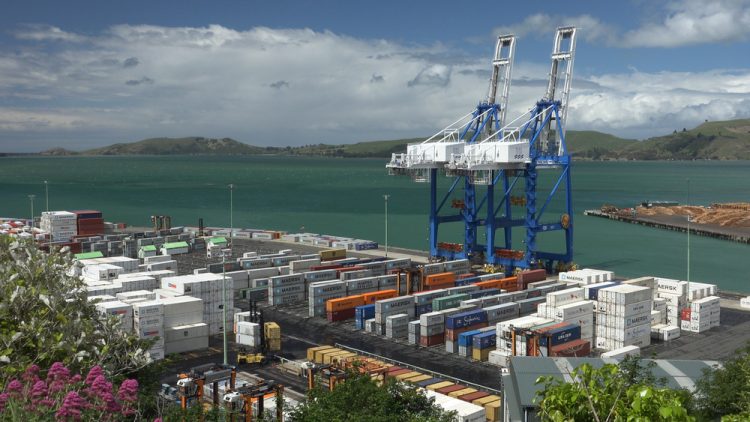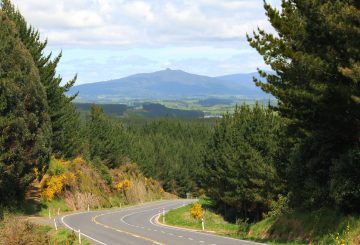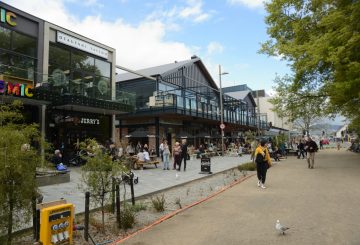국제 무역은 지난 한 해 동안 강한 성장세를 보여 코로나로부터 회복된 것으로 보인다.
Chapman Tripp 법무법인이 발표한 2021년 연례 Trade Trends & Insights 보고서에 따르면 전 세계 상품 교역은 2020년 5.3% 감소한 데 이어 2021년에는 11% 가까이 증가했다.
보고서는 무역에 있어 모든 주요 경제국 정부와 중앙은행에 의해 발전된 재정 및 통화 자극에 의해 지원되었지만 여전히 해결해야 할 과제가 많이 있으며 여전히 해결책을 찾기 힘든 경우도 존재한다고 말했다.
세계무역기구(WTO)는 미국이 제기하고 있는 우려와 지속적인 광범위한 개혁 필요성을 해결하기 위한 뚜렷한 방향은 제시하지 못한 채 계속 허우적대고 있다고 밝혔다.
최신 코로나19 변종 오미크론 때문에 제12차 WTO 각료회의가 2년에 한 번으로 연기된 것은 도움이 되지 않았다.
미국의 행정부 교체로 미·중 대화 열기가 어느 정도 식었지만 트럼프 시대의 관세 대부분이 그랬듯이 심각한 긴장감은 여전했다는 것이다.
바이든 대통령이 미국을 포괄적·진보적 환태평양경제동반자협정(CPTPP) 텐트로 다시 끌어들일 수 있이는 것은 희망적이지 않은 것으로 보인다.
다만 뉴질랜드의 1-3위의 무역 상대국 사이의 관계 해소는 긍정적이다.
뉴질랜드에게 던져진 또 다른 도전은 국제적 문제 – 기후 변화, 천연 자원에 대한 압력 증가뿐만 아니라, 빈곤, 양성 평등, 원주민 및 노동자의 권리에 대한 높아지는 관심을 포함한 문제에 대한 대응에 대한 더 많은 공개가 요구되고 있다는 점이다.
보고서는 현대 근로법이 호주를 포함한 여러 관할 지역에서 통과됐으며 뉴질랜드도 이를 따를 것이라고 지적했다.
“호주 현대 근로법은 호주에서 운영되는 사업체들의 발목을 붙잡고 있는데, 이는 뉴질랜드 기업들에게도 비슷하게 작용한다는 것을 의미한다.”
출처: RNZ 뉴스






























































